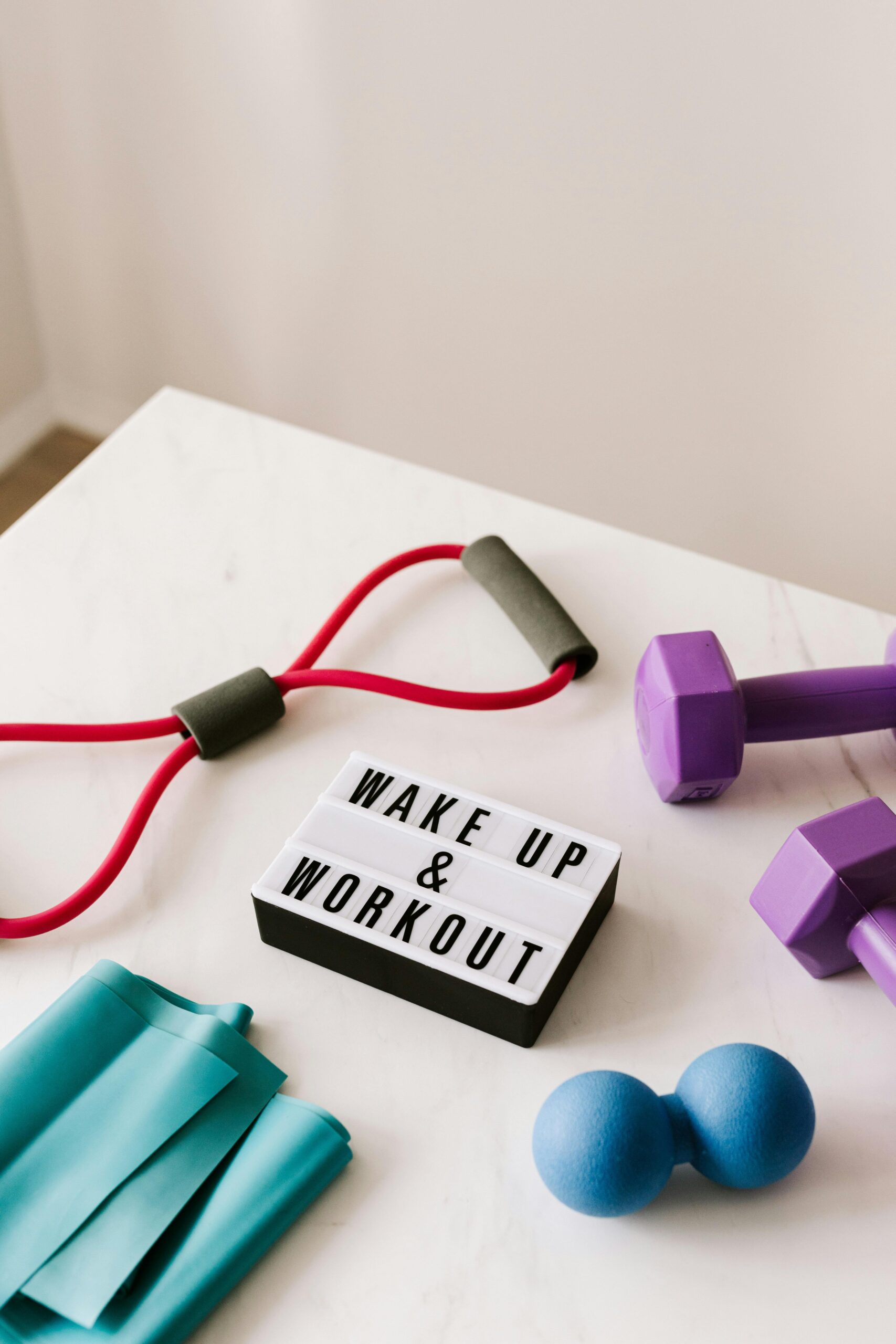Introduction
Comprehensive Guide to Exercise & Gym for Healthier Wealthier Life
Definition of Exercise & Gym
Exercise refers to any physical activity that enhances or maintains physical fitness and overall health. It encompasses a range of activities from simple walking to intense weightlifting. Gyms are facilities equipped with exercise machines and tools that provide an environment for various fitness activities, often offering professional guidance and structured fitness programs.

Importance of Exercise & Gym
Engaging in regular exercise has numerous benefits, including improved cardiovascular health, stronger muscles, enhanced flexibility, better mental health, and a reduced risk of chronic diseases. Gyms offer a dedicated space with the necessary equipment and professional trainers to help individuals achieve their fitness goals safely and effectively.
Types and Categories
Cardiovascular Exercises
- Running and Jogging: Excellent for improving cardiovascular endurance and burning calories.
- Cycling: Great for leg strength and cardiovascular health, whether on a stationary bike or outdoors.
- Swimming: A full-body workout that is easy on the joints.
- Aerobics: High-energy classes that combine rhythmic exercise with strength and stretching routines.
Strength Training
- Weightlifting: Using free weights or machines to build muscle mass and strength.
- Bodyweight Exercises: Push-ups, pull-ups, squats, and other exercises that use body weight for resistance.
- Resistance Bands: Portable bands that provide resistance, useful for strength training and rehabilitation.
Flexibility Exercises
- Yoga: Combines physical postures, breathing techniques, and meditation to enhance flexibility and reduce stress.
- Stretching: Various techniques to improve flexibility and range of motion in muscles and joints.
Balance Exercises
- Tai Chi: A martial art known for its slow, flowing movements, enhancing balance and stability.
- Pilates: Focuses on core strength, flexibility, and overall body balance.
Symptoms and Signs of Overtraining
Common Symptoms
- Persistent Fatigue: Constant tiredness even after rest.
- Muscle Soreness: Prolonged muscle pain and stiffness.
- Decreased Performance: Notable drop in workout performance and strength.
Uncommon Symptoms
- Mood Swings: Increased irritability or depression.
- Insomnia: Difficulty sleeping despite physical exhaustion.
- Loss of Appetite: Decreased interest in eating, which can affect energy levels.
Causes and Risk Factors
Biological Factors
- Genetics: Some individuals are more prone to injuries and may have different responses to training.
- Age: Older adults may require different workout routines due to the aging body’s limitations.
Environmental Factors
- Access to Facilities: Availability of gyms and equipment influences regular exercise habits.
- Climate: Extreme weather conditions can affect outdoor exercise routines.
Lifestyle Factors
- Diet: Nutritional intake plays a crucial role in energy levels and muscle recovery.
- Sleep: Quality and duration of sleep impact overall health and exercise performance.
- Stress: High stress levels can negatively affect motivation and physical health.
Diagnosis and Tests
Physical Assessments
- Fitness Tests: Evaluations like the VO2 max test to measure cardiovascular fitness.
- Flexibility and Strength Tests: Assessing range of motion and muscle strength to tailor workout plans.
Medical Tests
- Blood Tests: To check for nutrient deficiencies or other health issues.
- Heart Rate Monitoring: To ensure the heart is functioning properly during exercise.
- Imaging Scans: X-rays or MRIs to diagnose injuries or underlying conditions.
Treatment Options
Medical Treatments
- Medication: Anti-inflammatory drugs or pain relievers for injury recovery.
- Physical Therapy: Rehabilitation exercises to restore movement and function.
Therapies
- Massage Therapy: Helps relieve muscle tension and improve circulation.
- Acupuncture: Can aid in pain relief and muscle recovery.
- Chiropractic Care: Adjustments to the spine and joints to improve function and relieve pain.
Lifestyle Adjustments
- Balanced Diet: Ensuring a diet rich in protein, vitamins, and minerals for muscle repair and energy.
- Proper Hydration: Drinking adequate water before, during, and after workouts.
- Adequate Rest: Getting sufficient sleep and incorporating rest days into the workout routine.
Preventive Measures
Warm-Up and Cool-Down
- Warm-Up: Activities like light jogging or dynamic stretching to prepare the body for exercise.
- Cool-Down: Gentle exercises and stretching to help the body recover post-workout.
Proper Technique
- Form and Posture: Using the correct form to prevent injuries and maximize workout benefits.
- Professional Guidance: Seeking advice from trainers to learn and maintain proper techniques.
Consistent Routine
- Regular Schedule: Establishing a consistent workout schedule to build and maintain fitness.
- Variety in Workouts: Mixing different types of exercises to avoid boredom and work all muscle groups.
Personal Stories or Case Studies
Success Stories
- Weight Loss Journey: Stories of individuals who achieved significant weight loss through consistent gym workouts and a healthy diet.
- Strength Gains: Examples of people who have dramatically increased their strength and muscle mass.
Challenges Overcome
- Injury Recovery: Stories of overcoming injuries and returning to fitness routines stronger than before.
- Mental Health Improvements: Personal accounts of how exercise helped manage stress, anxiety, and depression.
Expert Insights
Trainer Advice
- Workout Plans: Tips on creating effective and balanced workout plans.
- Common Mistakes: Avoiding overtraining, improper techniques, and not allowing enough recovery time.
Medical Expert Opinions
- Injury Prevention: Advice on how to avoid common gym injuries.
- Health Benefits: Medical perspective on how exercise can prevent and manage chronic diseases.
Conclusion
Summary of Key Points
Exercise and gym activities are essential for maintaining physical and mental health. With the right knowledge, techniques, and consistency, anyone can achieve their fitness goals and lead a healthier life.
Call to Action
Encourage readers to start or enhance their fitness journey by joining a gym, consulting with fitness professionals, and staying committed to a balanced workout routine.
Read More Article:https://sbdevelopment.online/wp-admin/post.php?post=21&action=edit
